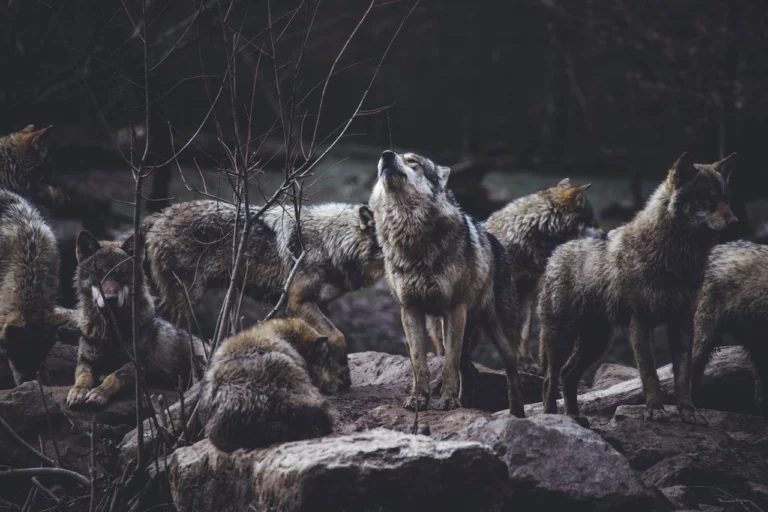hunting
Hungarian international spokesman: Qatar protecting the values of hunting

International hunting, fishing fair opens in Budapest

21 thousand Hungarians want to protect sharks hunted for their fins

Grey wolves killed in Hungary without punishment? – 18+

Foreign hunters kill hundreds of wild game in Hungary

Photographs of hunter-writer Count Zsigmond Széchenyi – Exhibition

Budapest World Hunting Expo breaks visitor records

Brigitte Bardot French animal rights activist sends harsh letter to Hungarian hunters

Hungarian adventurer to conquer the peak of Kilimanjaro by bicycle

We attended the hunting world expo in Budapest – Photo gallery

International hunting show draws over 30,000 to Hungexpo on opening weekend
Hungarian Deputy PM: hunting has never faced such a challenge before

The largest Hungarian hunting expo opened yesterday! – PHOTOS, VIDEO

Exhibition of Renaissance hunting drawings linked to Budapest World Hunting Expo

Everything you need to know about the upcoming Budapest World Hunting Expo – PHOTOS, VIDEOS

“Organic masterpiece” or frivolous spending? – Budapest hunting expo’s main attraction

Here is how much money Hungary spends on a gate made of ten tonnes of deer antlers!

Prince of Liechtenstein shot Europe’s largest bear in Székely Land





 ZH
ZH IT
IT DE
DE HR
HR NL
NL FR
FR JA
JA RO
RO RU
RU ES
ES TR
TR
